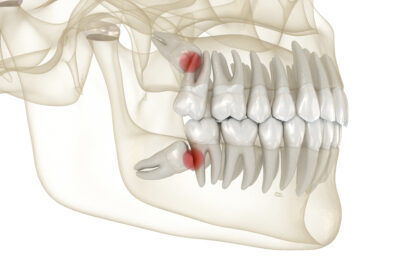There are circumstances when your jaw bone may atrophy or deteriorate; for instance, if you experience the loss of one or more teeth, or especially if you are fully edentulous. If there are no teeth implanted in your jaw bone your jaw bone will deteriorate. It is your teeth that keep your jaw bones healthy. When your bone tissue is destroyed, you have no basis for implants, or dentures. In such cases you will probably need a bone graft. If you’re not familiar with a bone graft today we discuss the bone graft procedure.
What Does a Bone Graft Do?
A bone graft replaces living tissue in areas of your jaw bone that require it. Healthy tissue is transplanted from elsewhere on your body, or it can by synthetic. This requires a surgical procedure. Your jaw bones support your teeth and your gingival tissue. If it is destroyed your chewing function cannot be restored. Also, the atrophy or deterioration of your bones can change the appearance of your face. Your face can sag, or “sink in” giving you an aged look.
The Grafting Procedure
The grafting procedure is not quite as invasive as an implant but does involve surgically moving your gums away from your teeth. The affected areas will be numbed before the procedure. When the gums are moved away from the teeth, the new, healthy bone tissue will be attached to the affected bones where needed, and your gums will be stitched back into place. To place an implant or to receive dentures, a strong, solid, healthy underlying jaw bone structure is required. Once the surgery is completed and healing has taken place, you can restore your smile, your chewing ability, and your confidence.














